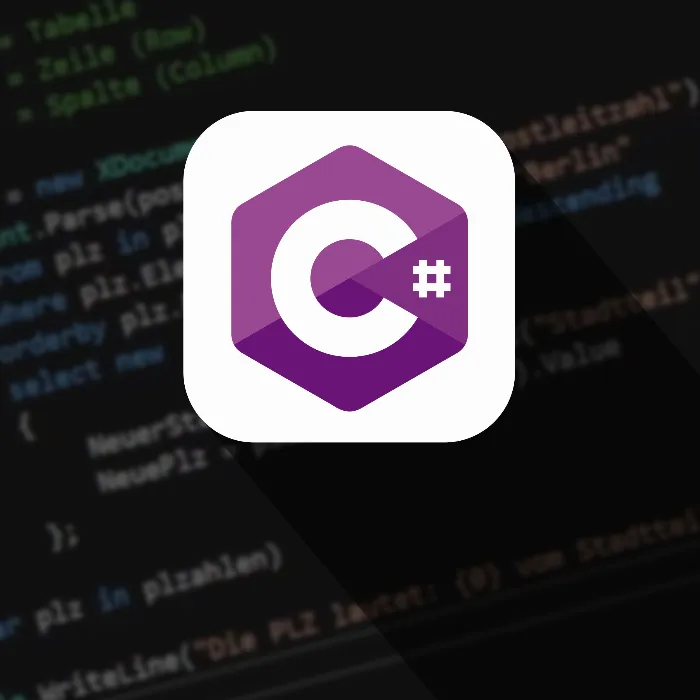The object-oriented programming (OOP) is an essential part of modern software development. It allows you to solve complex problems in a structured and traceable way. In this guide, you will learn what OOP is, what benefits it brings, and how you can effectively use it in C#.
Key insights
- OOP provides clear structures and promotes reusability.
- The four pillars of OOP are: Generalization, Inheritance, Encapsulation, and Polymorphism.
- Classes are blueprints that define properties and methods for objects.
Fundamentals of Object-Oriented Programming
At the beginning, it is important to understand the basic principles of object-oriented programming. Unlike procedural programming, which focuses on the execution of processes, OOP revolves around objects. These objects contain both data and the methods responsible for manipulating them.
Object-oriented programming allows for faster and simpler execution and improves the maintainability of your code. Structures like encapsulation and adherence to principles such as "Don't Repeat Yourself" (DRY) make your programming more efficient.
The Four Pillars of OOP
OOP is based on four central concepts that help you create software more efficiently:
Generalization
This aspect refers to identifying similarities among different objects. During the design phase, you can define classes that summarize and utilize these commonalities.
Inheritance
With inheritance, you can extend existing classes, reducing errors and promoting the reusability of code. For example, you can use libraries that contain pre-constructed classes and methods.
Encapsulation
Encapsulation, also known as "data hiding," protects the data and internal functions of a class from unauthorized access. This means that internal implementation details remain hidden, which increases the security and integrity of your data.
Polymorphism
Polymorphism allows methods to be used in different contexts, for example, by overloading or overriding methods. This provides flexibility in programming.
Classes and Objects
A class serves as a blueprint for one or more objects. It defines what properties (fields) and capabilities (methods) the objects should have. The example of a car illustrates this concept. The blueprint of a car contains details such as geometry, the location of the engine, and other components.
When you construct an object, such as a Mercedes or a BMW, the class is then used to provide the specific properties and methods for these objects.
Example: Class Car
Now let's take the class "Car." This class could describe objects such as a Mercedes, BMW, or even a Fiat. Each car has properties such as color, manufacturer, and year of manufacture.
A specific object might look like this: manufacturer is Opel, type is Astra, color is red, and registration year is 2021. Each instance of the class "Car" remains individual and can vary depending on specific requirements.
Example: Class Dog
Another example is the class "Dog." This class groups objects that have properties such as breed, size, and color. Methods could include actions like eating, sleeping, or running.
A specific object could be described as follows: breed is Poodle, size is 45 cm, age is one year, and color is black.
Conclusion
OOP is a powerful paradigm that allows you to develop your software in a structured and maintainable way. The pillars and the concepts of classes and objects form the basis for many software projects.
— Summary: Introduction to Object-Oriented Programming with C#
In this guide, you have learned the fundamentals of object-oriented programming in C#. You have understood the four pillars of OOP as well as the significance of classes and objects. These concepts are crucial for developing effective and maintainable software solutions.
Frequently Asked Questions
What is meant by object-oriented programming?Object-oriented programming is a programming paradigm that uses objects as central elements for structuring software.
What are the four pillars of OOP?The four pillars are Generalization, Inheritance, Encapsulation, and Polymorphism.
How does encapsulation help in programming?Encapsulation protects the internal data of a class from unauthorized access and ensures improved data integrity.
Can I extend a class?Yes, through the concept of inheritance, you can extend existing classes and utilize their functionalities.
What is polymorphism?Polymorphism allows methods to be used in different contexts by overloading or overriding them.


